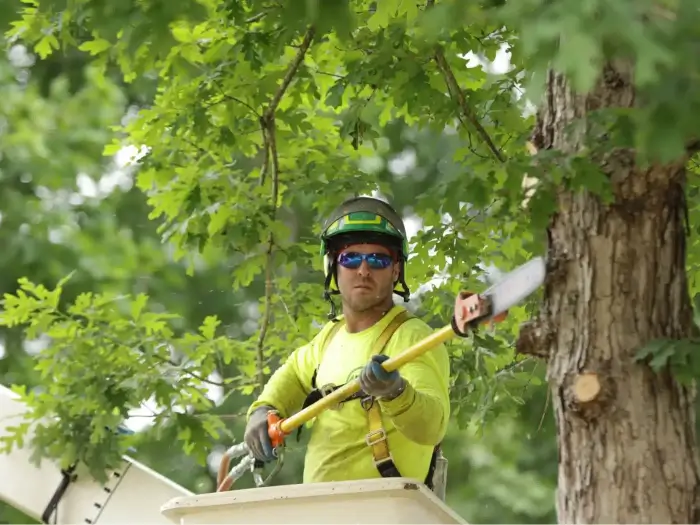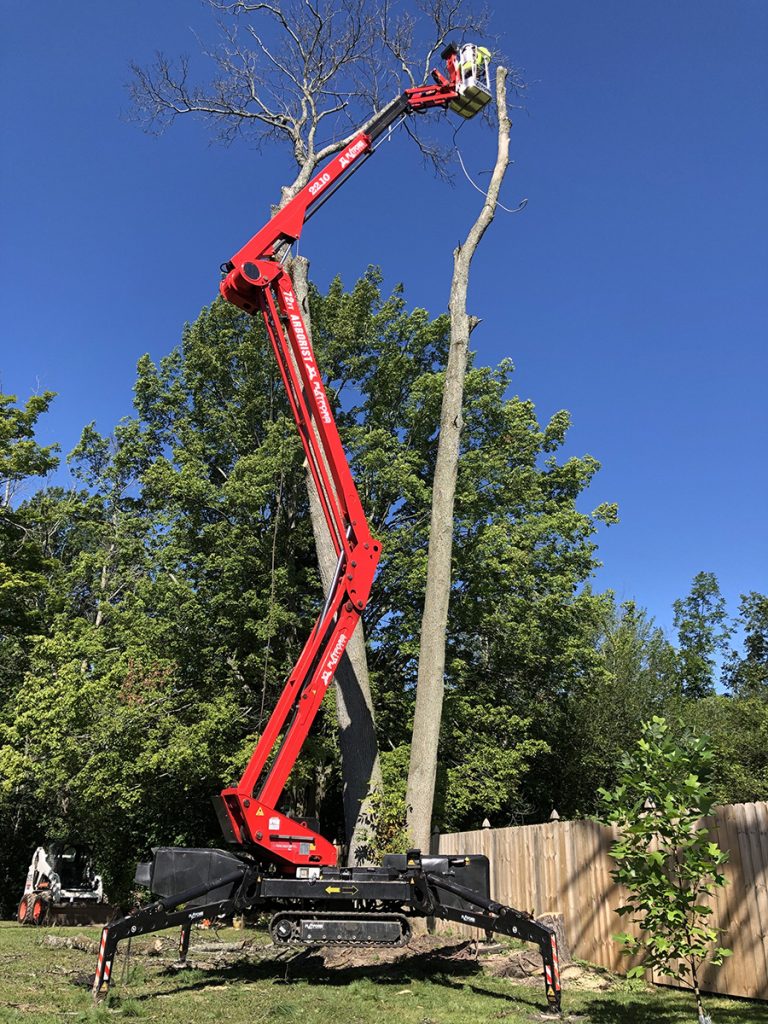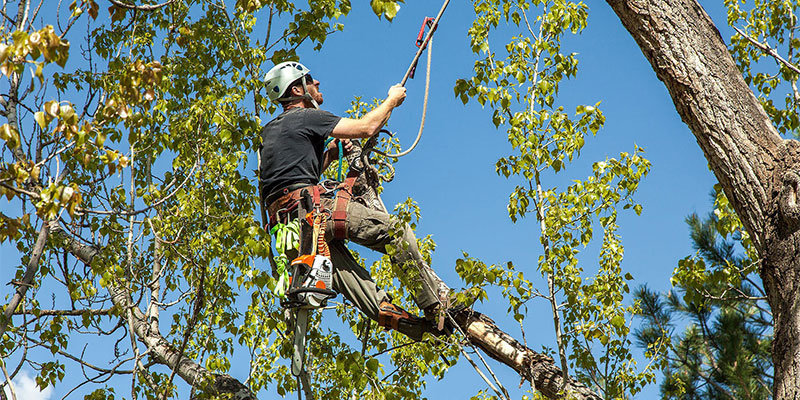Understanding the Relevance of Tree Preservation and Conservation Practices in Urban Areas
In the dynamic landscape of metropolitan atmospheres, trees commonly stand as quiet guardians, supplying a wide range of benefits that expand far past their visual charm. As we explore the interwoven textile of ecological, social, and economic advantages that city trees supply, it ends up being apparent that their preservation is crucial for the wellness of existing and future generations.
Ecological Advantages of Trees in Cities
Trees in metropolitan areas play a critical function in giving various environmental benefits, adding to the total wellness of city occupants. One significant advantage is the improvement of air top quality. Trees act as all-natural filters, taking in pollutants such as carbon monoxide, sulfur dioxide, and nitrogen dioxide, and releasing oxygen into the ambience. This process helps in reducing the focus of dangerous gases, making the air cleaner and much healthier for citizens.

In addition, trees add to water management by lowering stormwater runoff and dirt disintegration. Their root systems take in excess water, avoiding flooding and filtering pollutants prior to they get to water bodies. This all-natural process helps preserve water quality and secures marine communities in city locations. Overall, the ecological benefits of trees in cities are vital for producing livable and lasting metropolitan settings.
Social Relevance of Urban Tree Preservation
In modern urban landscapes, the preservation of trees holds considerable social importance for promoting area health and improving high quality of life. Urban tree preservation plays an essential function in creating spaces for social communication and community involvement.

Economic Value of Tree Preservation
The conservation and preservation of city trees provide significant economic benefits that add to Get More Info the general financial health of cities and communities. Urban trees give a broad range of financial advantages that positively impact local economic climates.
Additionally, trees play an essential function in reducing stormwater runoff and mitigating the impacts of flooding, which can cause price savings for cities in terms of facilities repair and maintenance. Urban trees additionally add to improved air quality by releasing and absorbing pollutants oxygen, leading to prospective savings in health care costs connected with respiratory illnesses. By acknowledging and investing in the economic value of tree conservation, cities can promote sustainable growth, boost lifestyle, and create more resilient city settings.
Techniques for Lasting Urban Tree Administration
A detailed technique to lasting urban tree administration involves incorporating diverse approaches that prioritize long-lasting ecological health and neighborhood wellness. Carrying out tree inventories and assessments is crucial to recognize metropolitan tree populaces, their wellness, and maintenance requirements.
Area engagement plays an essential function in lasting metropolitan tree administration. Educating residents regarding the benefits of trees, organizing tree planting occasions, and entailing volunteers in tree care tasks fosters a feeling of ownership and stewardship. Cooperation between city government, environmental companies, and homeowners is vital to developing and applying efficient tree monitoring plans.
Spending in environment-friendly infrastructure, such as eco-friendly roofs and urban woodlands, can offer numerous benefits, consisting of improved pop over here air high quality, stormwater management, and urban heat island reduction. Tree trimming CT. Incorporating trees into city planning and layout processes makes sure that trees are valued as crucial components of a healthy and durable metropolitan environment
Area Participation in Tree Preservation
Neighborhood participation is an essential component in cultivating sustainable city tree management techniques and guaranteeing the lasting wellness and conservation of city tree populaces. Involving the area in tree preservation initiatives can cause increased recognition, appreciation, and stewardship of trees within urban areas. When locals actively take part in tree upkeep, growing, and preservation efforts, they develop a feeling of possession and pride in their local atmosphere.
Neighborhood involvement likewise promotes social cohesion and cooperation among homeowners, neighborhood authorities, and ecological companies, cultivating a common responsibility for metropolitan tree conservation. By organizing tree planting occasions, educational workshops, and volunteer chances, areas can work together to boost the metropolitan tree canopy and develop greener, healthier cities.
Verdict
Finally, metropolitan tree conservation and preservation practices play a critical function in boosting the ecological, social, and financial health of cities. By identifying the worth of trees in metropolitan areas and implementing sustainable administration methods, neighborhoods can delight in the Web Site numerous advantages that trees offer. It is important for stakeholders to proactively get involved in tree conservation initiatives to make sure a greener and healthier city environment for future and existing generations.

 Ralph Macchio Then & Now!
Ralph Macchio Then & Now! Anna Chlumsky Then & Now!
Anna Chlumsky Then & Now! Christina Ricci Then & Now!
Christina Ricci Then & Now! David Faustino Then & Now!
David Faustino Then & Now! Mary Beth McDonough Then & Now!
Mary Beth McDonough Then & Now!